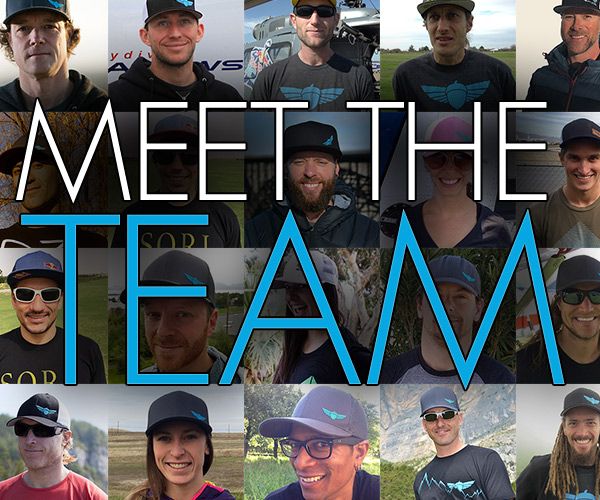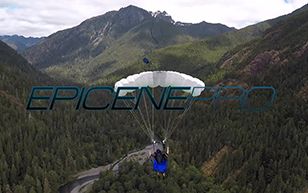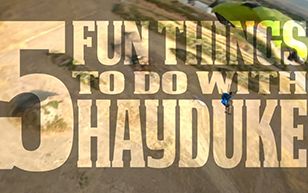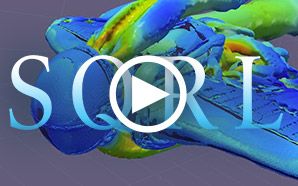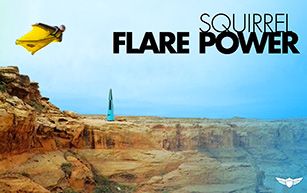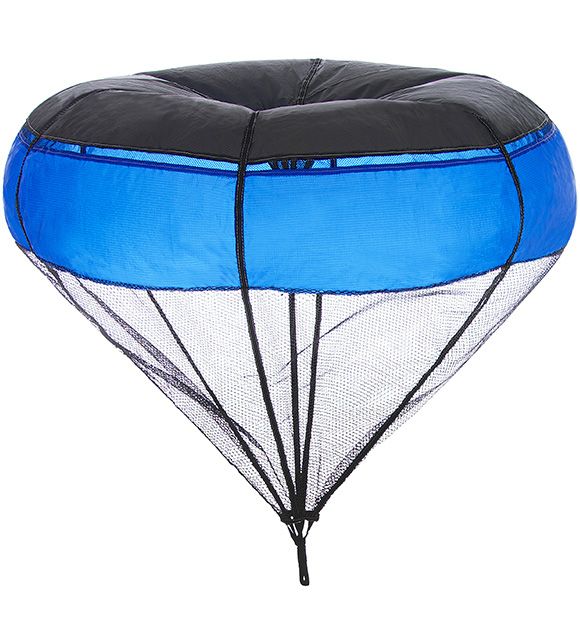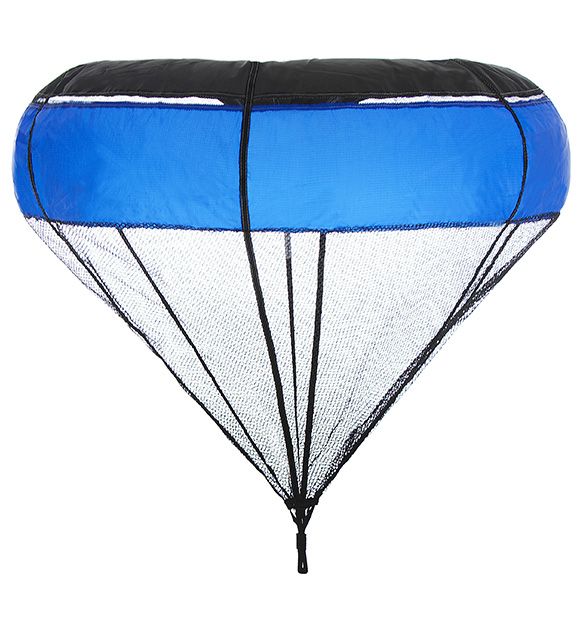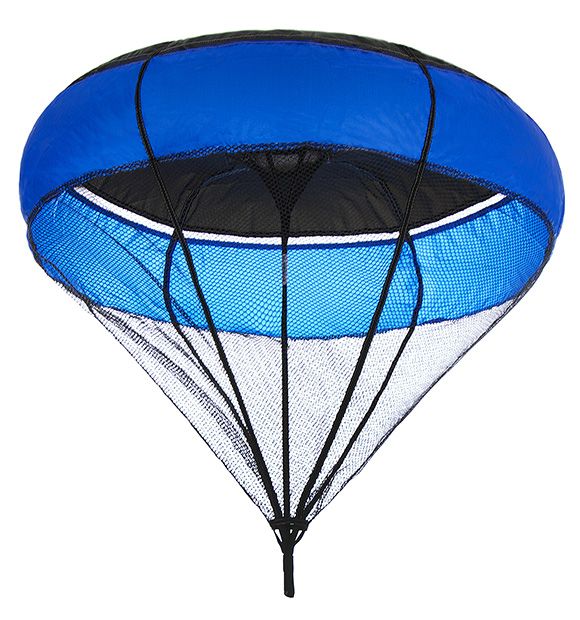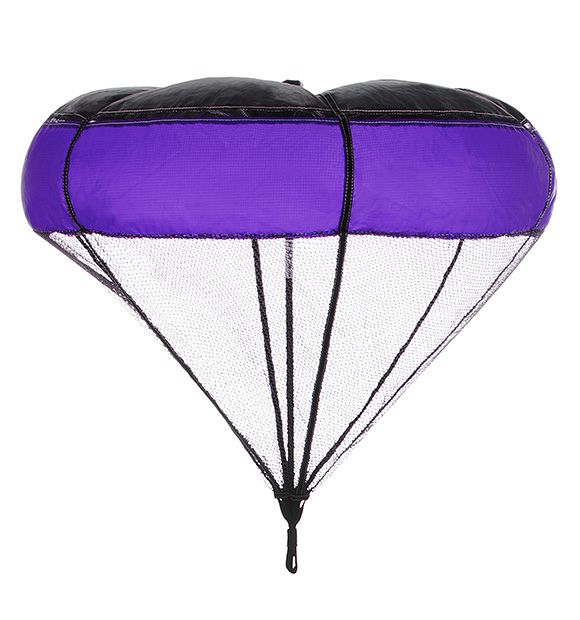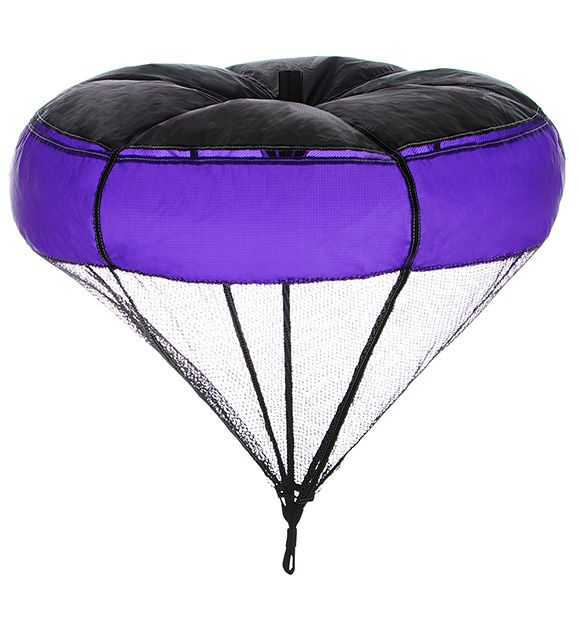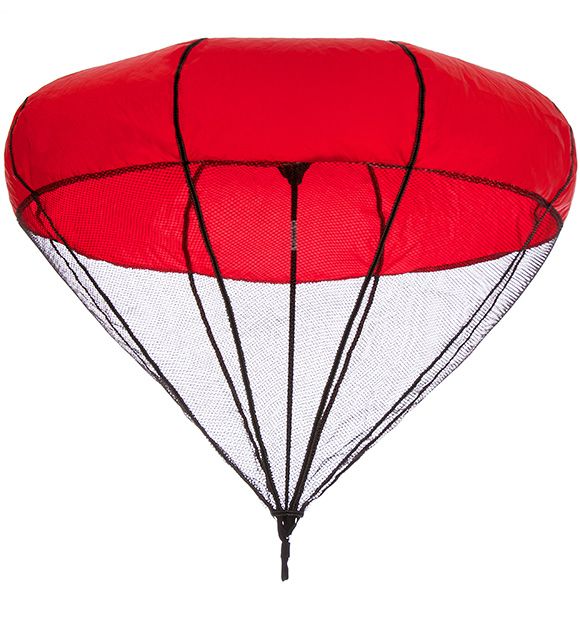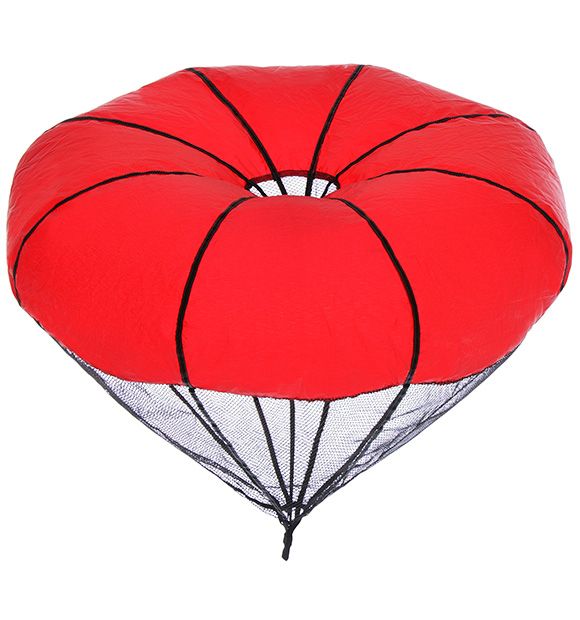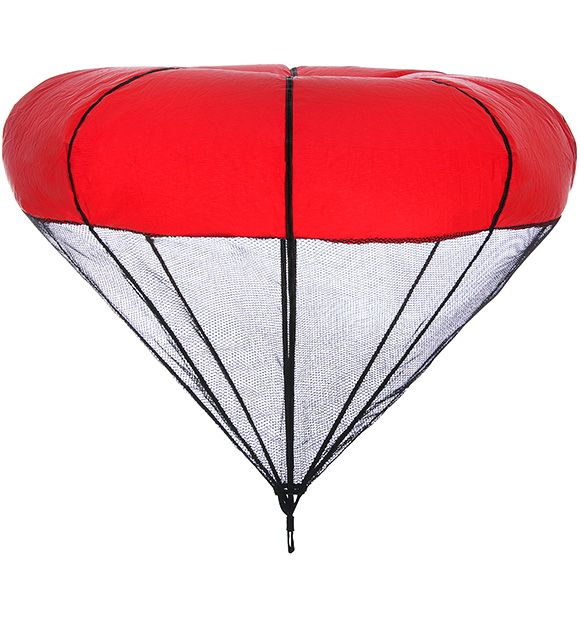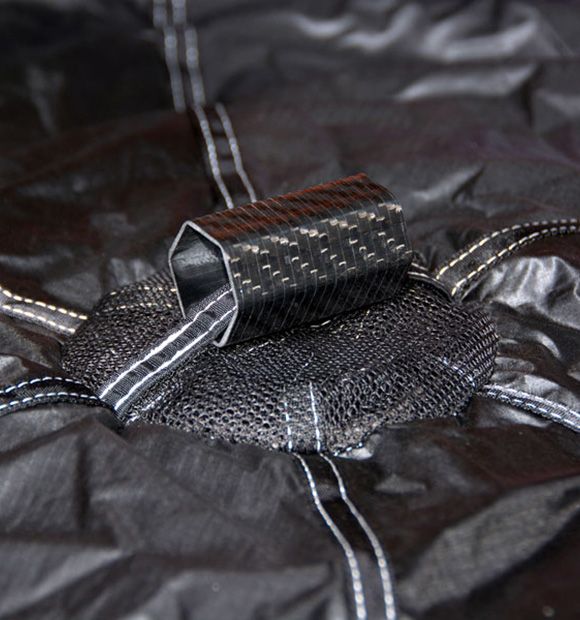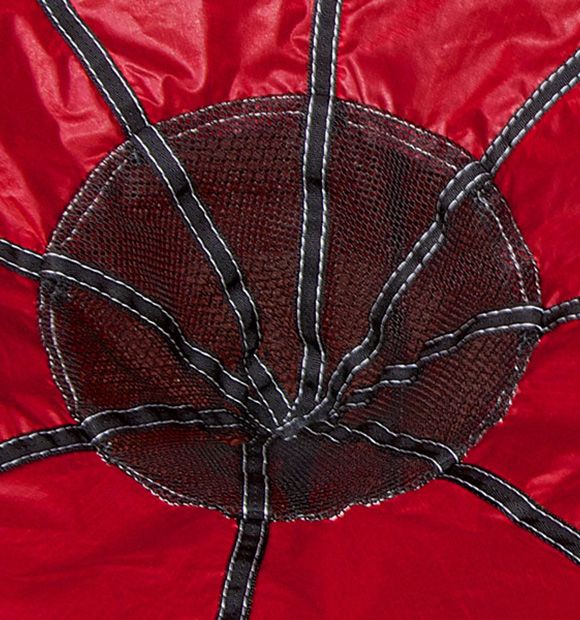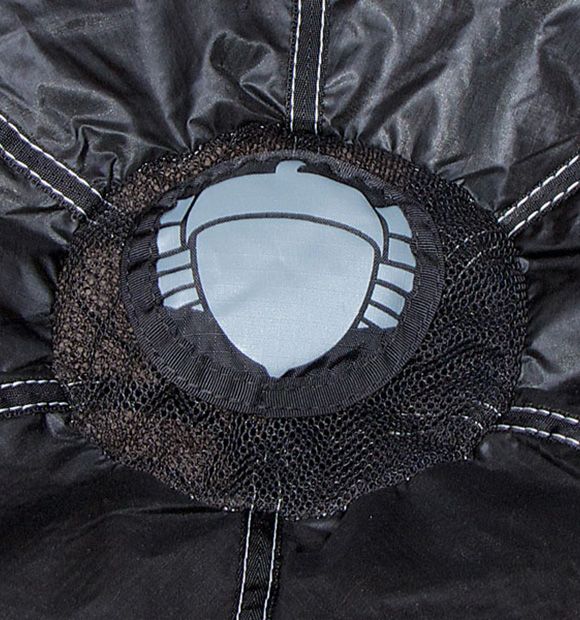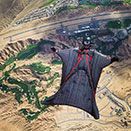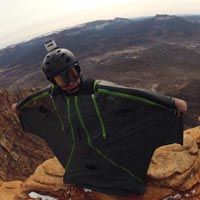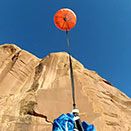The Snatch is an evolution in pilot chute design. Its three dimensional partial toroidal shape is the most technically advanced design being used in BASE jumping today. Simply put, the Snatch is the most efficient, stable, and symmetrical BASE pilot chute available.
All sizes of the Snatch are constructed from ZP. It is currently available in the following size/handle configurations:
- 32" Six-gore, 12 panel design, ring vent and apex vent, carbon handle.
- 34" Six-gore, 12 panel design, ring vent and apex vent, carbon handle.
- 36" Six-gore, 12 panel design, ring vent and apex vent, carbon handle.
- 38" Six-gore, 12 panel design, ring vent and apex vent, carbon handle.
- 42NR Eight-gore, 8 panel design, apex vent only, patch handle.
- 46" Eight-gore, 8 panel design, apex vent, no handle.
- 48" Eight-gore, 8 panel design, apex vent, no handle.

